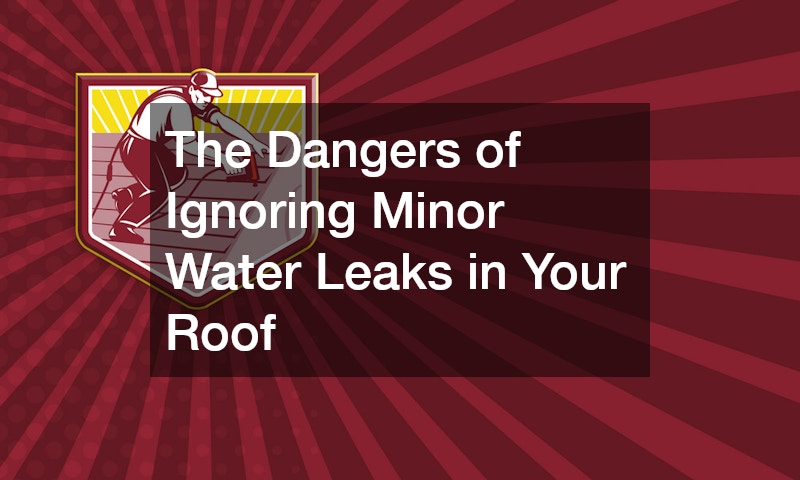Understanding wind uplifts is crucial for ensuring the structural integrity and safety of buildings, particularly in regions prone to strong winds and severe weather conditions. Wind uplift refers to the force exerted by the wind on a building’s exterior surfaces, including walls, windows, doors, and roofs, which can lead to lifting, damage, or detachment if not adequately addressed and mitigated.
One of the primary areas where wind uplift poses a significant risk is the roof, particularly with flat or low-slope roofing systems commonly used in commercial and industrial buildings. The design and construction of roofs must consider wind uplift forces to prevent roof membrane displacement, membrane damage, and potential roof failure.
Wind ballasted roof systems are a popular choice for mitigating wind uplift in commercial roofing applications. These systems use heavy ballast, such as gravel, pavers, or concrete blocks, to secure the roof membrane and resist wind uplift forces effectively.
The weight of the ballast holds the roof membrane in place, providing stability, protection, and peace of mind against wind-induced damage and lifting.
When installing or retrofitting a wind ballasted roof, it’s essential to work with experienced roofing professionals knowledgeable in wind uplift mitigation, local building codes, and industry standards. Proper design, material selection, installation techniques, and maintenance are critical for optimizing wind resistance, ensuring code compliance, and maximizing the lifespan and performance of the roofing system.
.




